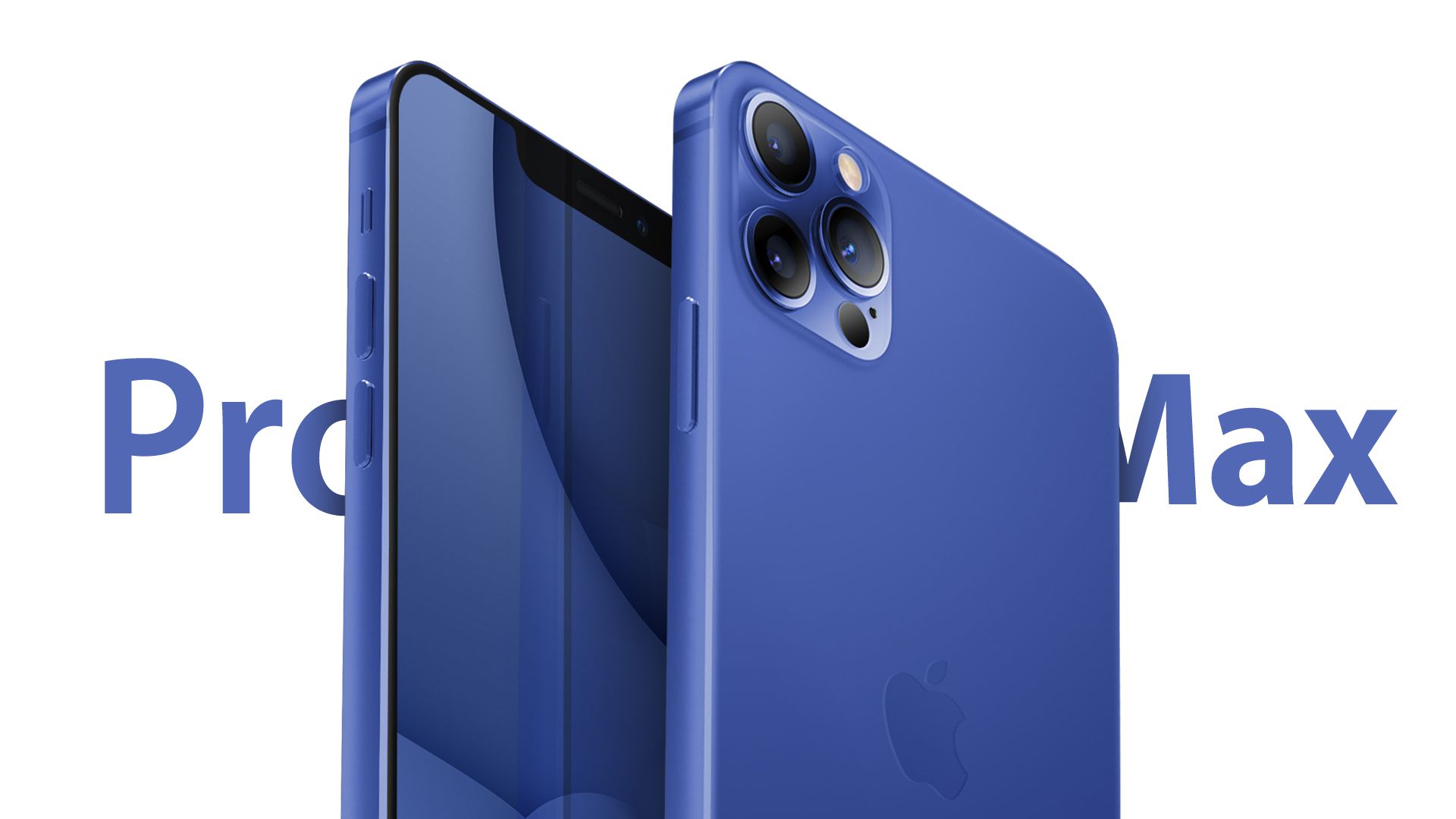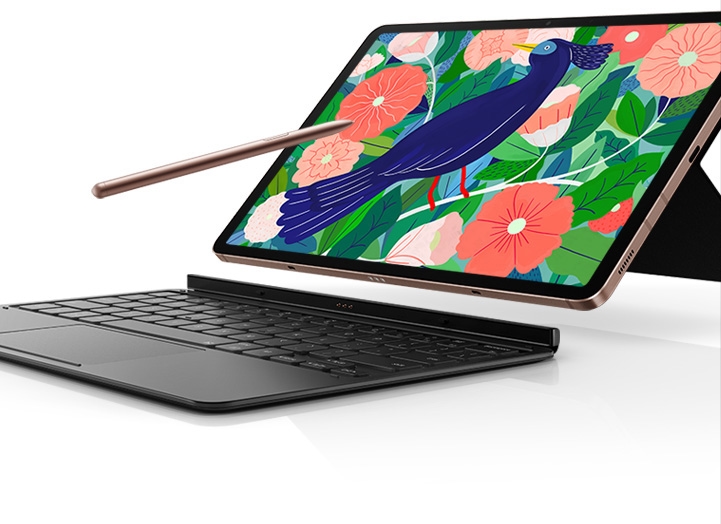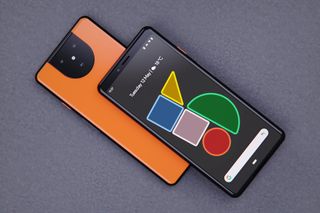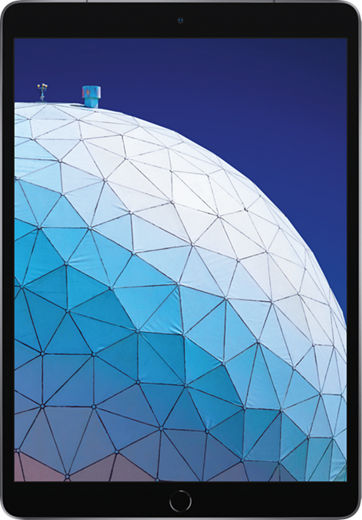What is your cut off point for phone sizes? How big do you like your devices?
Apple has come around to joining Android in making screen sizes that users would never have been fathomed years ago. Steve Jobs was an open critic of huge phone sizes but it’s fair to say that Tim Cook & Co have made it work. There is always an iPhone for everyone.

It’s Not Just The Size
While previous years releases saw identical phones with different screen sizes, 2020 has seen a shift to that approach. The inclusion of the iPhone 12 Mini will be a welcome niche addition to many who wanted a compact flagship phone. For the rest of the Apple faithful, however, choosing the iPhone of choice is bound to be a headache. See, the differentiation this year is not only the size but the quality of internals and choice of externals as well.
Similar – Yet Different
With that said, there is a lot of consistency to be found across the entire 2020 iPhone 12 lineup. Similarities in the processor, screen technology, some camera lenses, and new-ish additions like MagSafe are to be expected – and are present – but each iPhone tries to appeal to a certain user.
The iPhone 12 Pro Max
Even if you were to go by the sheer length of each device name, the biggest of the bunch is still the iPhone 12 Pro Max. Just how good is it? Is it better than the 12 Pro and the 11 Pro Max? Let’s find out, shall we?
Size and Build
The ‘Max’ in its name is not a marketing gimmick. The Pro Max is huge. It is the biggest iPhone ever made. It is both larger and (very slightly) heavier than the 11 Pro Max, so if that was not your cup of tea, this one surely isn’t. The flat-edged design, though prettier, makes it more difficult to wield. It is not a device to be used with one hand, and it is bound to dig into your hand if used without a case.
The Pro Max build screams premium. It is built to look expensive. The Gold variant has gold-coated (really shiny) stainless steel rails on the edges and a frosted back with gold ring around the three camera lenses. Other color options include Silver, Graphite, and the fan-favorite Pacific Blue which also made its way to the regular 12 Pro. The edges on the Pro Max, however, are insane fingerprint magnets. Regardless, it genuinely looks like something these luxury phone-customization companies would come up with to sell for an insane amount for those with cash to spare.
Display
On the flip-side, the bigger body means a bigger and more immersive display – a beautiful 6.7-inch OLED screen with the typical iPhone notch up top. This is the one blemish on an otherwise fantastic front side of the phone. It is still indispensable – FaceID remains as the only other option to unlock your phone apart from the traditional passcode/password. Who knows, maybe TouchID will make a return as it was included in the 2020 iPad Air. Notch aside, the bezels are much thinner than the iPhone 11, which is impressive.
Even though a high refresh rate was not included this year, it is still the best display on an iPhone and an improvement on the iPhone 11 lineup. It has a resolution of 2778×1284, putting it somewhere between FullHD and QHD. It has a PPI count of 458. The Super Retina XDR OLED, HDR10-capable display also supports Dolby Vision – a first for phones. It truly is a sight to behold.
For protection, Apple added their Ceramic Shield display technology that improves its resistance up to 4 times more than normal displays.
Performance
Apple has continued its trend of churning out the most powerful mobile processors and the A14 is testament to that. Coupled with 6GB of RAM and either 128, 256, or 512GB of RAM – it flies. From benchmark scores to real-world use, the Pro Max will leave you satisfied on that front.
This year’s iPhones also come with 5G, both sub-6GHz and mmWave. As 5G coverage increases, more users will get to enjoy the faster speeds that come with the technology. Software on this year’s iPhones is optimized to be able to switch from 4G to 5G depending on the situation.
Battery and Charging
5G brings with it the battery life question – how well does the Pro Max hold up? Compared to the other iPhone 12s, the bigger body comes in handy for the Max as it packs in the largest battery of the lot. Its 3687mAh battery tops the 2815mAh on the 12 Pro but is smaller than the 3969mAh on the 11 Pro Max. The optimization on the 12 Pro is evident because even with 5G and the screen upgrade, the battery life – though shorter – is not far off that of the 11 Pro Max. It does have 20W fast charging, and 15W wireless charging via MagSafe.
Cameras
The 12 Pro Max cameras are fantastic. One of the major upgrades it has over the 12 Pro is the camera system. The main sensor is much bigger than the one in the 12 Pro, which is great for low light photography. Also great for low light situations is the LiDAR sensor, which allows for fast autofocus even in dark scenes. The result is much better low light photos.
The ultrawide camera is the same as the one in the 12 Pro but is an improvement on the 11 Pro Max with the improvement of Night Mode and software correction.
The telephoto camera is also an improvement on the 12 Pro even though the sensors are identical. The 12 Pro Max has 2.5x zoom capability with just 2x on the Pro.
As for the main camera, the Pro Max has a larger sensor than both the 12 Pro and the 11 Pro Max, with a f1.6 aperture. With the larger sensor and the small aperture, the main camera images are awesome, to say the least. Optical Image Stabilization is via sensor-shift technology, similar to what is sound in some mirror-less professional cameras. Most phones shift the lenses instead.
Is It Worth It?
The price difference between the Pro and the Pro Max is $100. Do you think it is worth the extra money? If you can handle the size, this is the phone to go for. You could always throw on a case to make gripping it easier. Screen Protectors also offer protection for your new and very shiny iPhone and help you maintain the premium look. Get yourself a Tech Armor screen protector for your iPhone 12 Pro Max.






